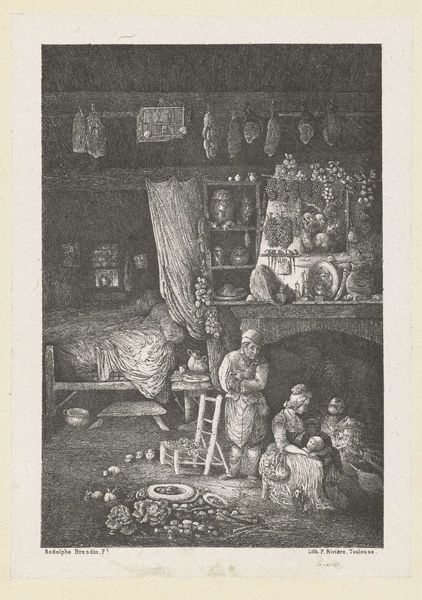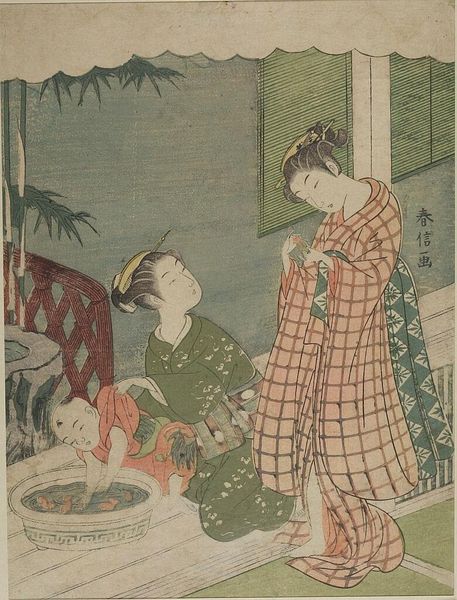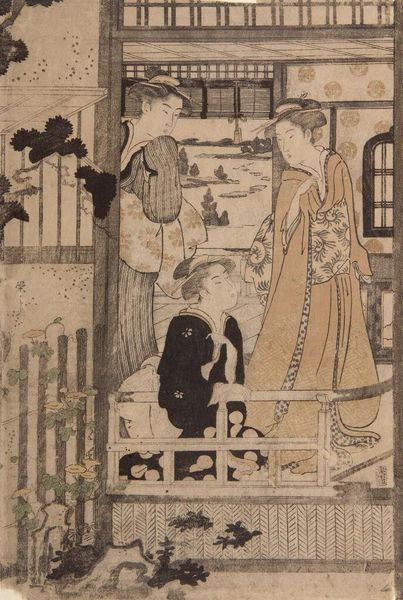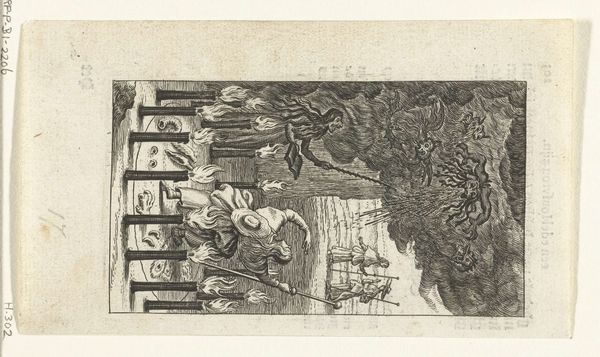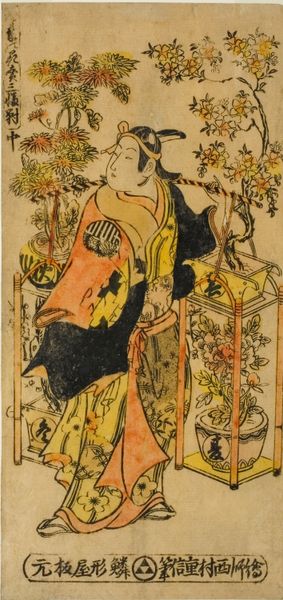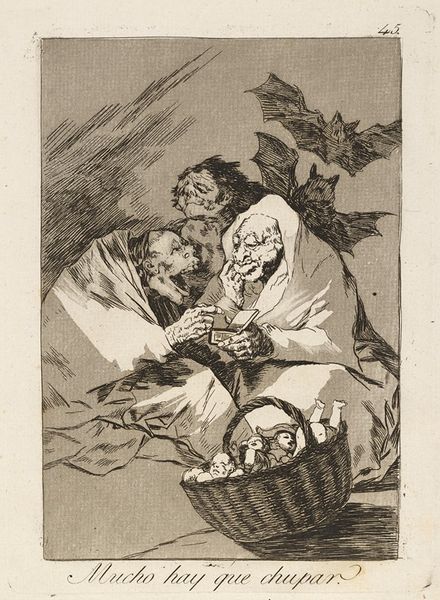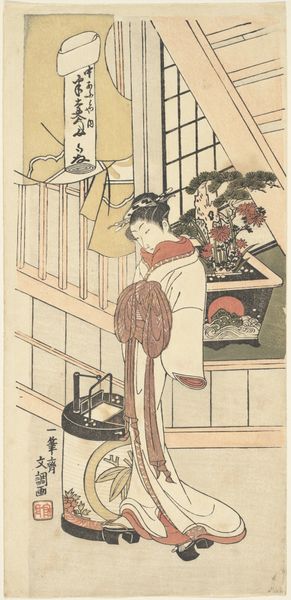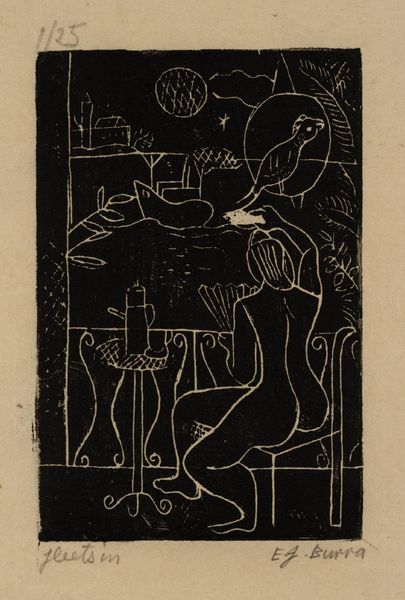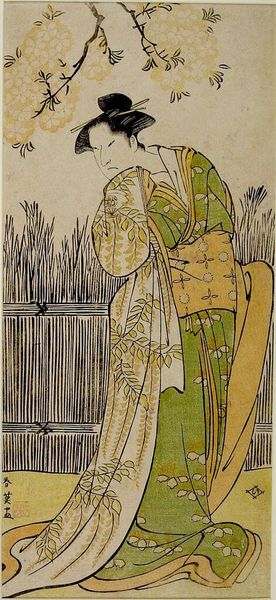
watercolor
#
narrative-art
#
watercolor
#
symbolism
#
genre-painting
#
watercolor
Copyright: Public Domain: Artvee
Editor: So this watercolor, "Les six petites filles reçoivent la visite de l’ange à jouets" from 1918 by Léon Spilliaert, feels both whimsical and strangely unsettling. I'm intrigued by the angel offering… something to these identical girls huddled in bed. How do you interpret this work? Curator: The painting presents us with interesting questions about social anxieties of its time. Consider 1918; Belgium was still reeling from the Great War. Children's innocence becomes a powerful symbol. The artist here uses a simplistic, almost childlike style. What purpose do you think that stylistic choice served in this specific cultural moment? Editor: It almost feels like a deliberate turning away from the horrors of war, like wanting to remember and cherish simple things... Curator: Precisely! And the angel figure – consider its representation. Is it a religious symbol, a maternal figure, or something else entirely? The mass-produced looking basket with objects suggests consumerism. And then, we need to discuss those six identical girls… The industrial revolution changed labor laws around children. How do they allude to that societal change, perhaps about anxieties regarding individuality within the burgeoning concept of mass culture? Editor: So, it's not just a sweet bedtime scene. It speaks to bigger anxieties about loss of innocence but also this almost frightening shift toward mechanization. Curator: Absolutely. Spilliaert uses symbolism in order to question social constructions. Editor: Wow. I was definitely only scratching the surface. It’s amazing how much historical context changes the whole meaning. Curator: Exactly! Looking beyond what’s obviously visible shows how profoundly art engages society.
Comments
No comments
Be the first to comment and join the conversation on the ultimate creative platform.
